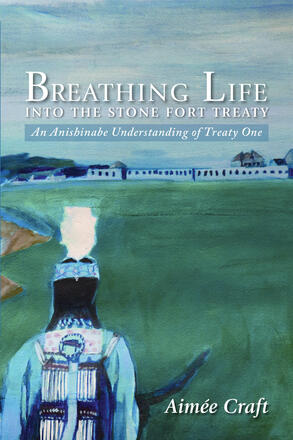
Breathing Life into the Stone Fort Treaty
An Anishnabe Understanding of Treaty One
Description
In order to interpret and implement a treaty between the Crown and Canada’s First Nations, we must look to its spirit and intent, and consider what was contemplated by the parties at the time the treaty was negotiated, argues Aimée Craft. Using a detailed analysis of Treaty One – today covering what is southern Manitoba – she illustrates how negotiations were defined by Anishinabe laws (inaakonigewin), which included the relationship to the land, the attendance of all jurisdictions’ participants, and the rooting of the treaty relationship in kinship. While the focus of this book is on Treaty One, Anishinabe laws (inaakonigewin) defined the settler-Anishinabe relationship well before this, and the principles of interpretation apply equally to all treaties with First Nations.